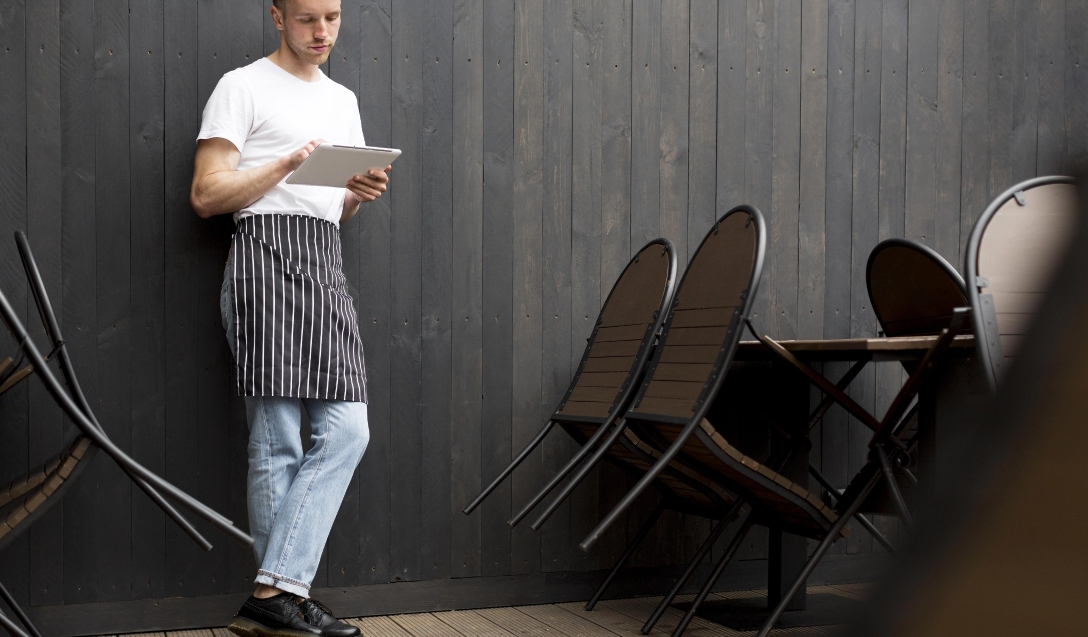The Off-Peak Opportunity
Voucher Mechanics: How It Works
- Limited-Time Offers: Frame the campaign around specific windows, “Weekday Lunch for Two,” “Mid-Week Spa Escape,” or “Locals’ Afternoon Delight.” Time-bound experiences feel special, not discounted.
- Dynamic Pricing or Bundles: Rather than slashing prices, bundle experiences (“2-course lunch + glass of wine + spa access”) or offer a small value boost (“Spend $100, receive $120 value”).
- Minimum Spend Strategies: Set minimum spends that protect margins while creating perceived value e.g., “$80 voucher for $100 dining credit, valid Mon–Wed.”
- Redemption Controls: Define off-peak redemption periods clearly. This manages capacity and stops guests from redeeming during your busiest hours.
When structured well, these vouchers don’t cheapen your offering, they strategically redistribute demand. They help your operations run at fuller capacity and keep cash flowing even in the lulls.
Behavioural Economics at Play
-
- Scarcity: Limited redemptions or time windows (“Only 50 available”) prompt immediate purchase.
- Urgency: Countdown-based messaging (“Ends Sunday”) drives conversions faster than generic promotions.
- Exclusivity: Guests love being “in the know.” A campaign designed for locals or loyalty members feels insider-level.
These behavioural cues don’t just move vouchers, they move perception. Your guests start associating your brand with thoughtful opportunities rather than price cuts.
Implementation Blueprint: From Data to Delivery
1. Identify Your Slow Periods
Dive into your PMS or POS data. Look at weekly and daily occupancy, F&B cover counts, and treatment bookings. Identify consistent lulls, the same windows that frustrate your managers every week. These are your campaign targets.
2. Build Campaign Logic
Once you know your slow zones, decide on:
-
- The voucher type (e.g. dining, spa, stay, or cross-property bundles).
- The price point and inclusions that maintain profitability.
- Redemption rules (days/times valid).
3. Craft the Copy
Your messaging should marry urgency with local relevance. Examples:
-
- “Weekday Wind-Downs for Locals — limited to 30 vouchers.”
- “Beat the Weekend Rush: Mid-Week Massage + Wine.”
Avoid discount language like “save” or “off.” Focus on experience and value instead.
4. Promote Across Every Channel
Don’t rely solely on one channel. Combine:
-
- Email marketing: Target previous voucher buyers or lapsed guests.
- Social media: Use Reels, Stories, or boosted posts highlighting the offer.
- Front-desk and signage: QR codes in lobbies, menus, and spa waiting areas.
- Local business partnerships: Cross-promote with nearby cafes, wineries, or gyms.
5. Measure and Optimise
Track KPIs like:
- Redemption % by day/time.
- Average spend above voucher value.
- New vs repeat guest ratio.
- ROI after campaign costs.
Use this data to tweak future campaigns, refining pricing, timing, and creative for even stronger returns.
Why This Works and Keeps Working
Stop Leaving Money on the Table

